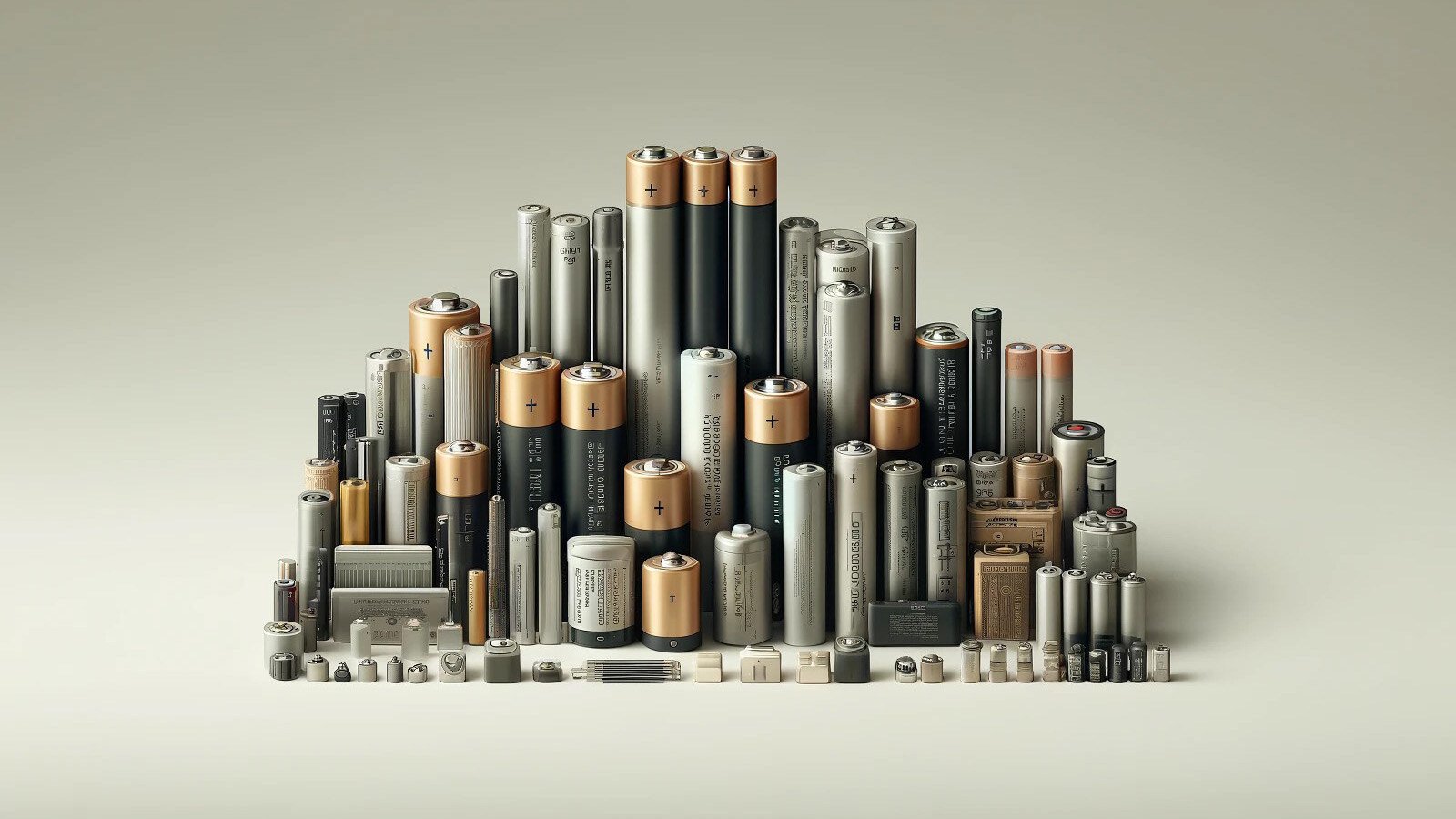At the end of last year, a new Dutch safety guideline became final. It concerns PGS 37-2. "PGS" stands for "Publicatiereeks Gevaarlijke Stoffen" (Publication Series on Hazardous Substances), and the 37-2 version pertains to specific regulations and guidelines for the storage of lithium(-ion) batteries and accumulators. Not all companies are fully aware of this guideline. Therefore, in this blog, we will explain what PGS 37-2 entails and what it involves. Does your organization deal with lithium(-ion) batteries? Then this message contains relevant information for you.
Fire in a storage area is dangerous and also unnecessary if it could have been prevented. Unfortunately, it does happen, for example, when insufficient attention is paid to safety. This is still too common in the storage and handling of lithium(-ion) batteries.
The use of lithium batteries has increased significantly in recent years. Storing and handling these batteries during processing involve specific risks. For instance, a short circuit can occur. Thermal runaway can take place, an undesirable chemical process where a battery cell's temperature runs out of control and rises sharply. This can lead to a fire, releasing toxic gases. Additionally, batteries may explode under certain conditions.
Who does the PGS 37-2 apply to?
Lithium batteries are found in an increasing variety of products, including electric cars and bicycles, as well as phones, medical devices, and even toothbrushes. The safety guideline PGS 37-2 applies to companies that store more than a thousand kilograms of hazardous substances (including lithium batteries) in a space (fire compartment).

In short, what does PGS 37-2 entail?
- Safety measures: This includes the physical requirements for the storage location, such as fire-resistant properties, ventilation, and distance from other objects.
- Organizational measures: Procedures and policies for the safe storage and management of lithium(-ion) batteries.
It is important that the staff is aware of the guideline and adheres to it. For example, when used (packaged) batteries are moved to a collection bin, this must be done with care and caution. In practice, there have been instances where batteries were thrown too roughly into a bin during handling, leading to a fire. Therefore, an organizational measure under PGS 37-2 is training staff in the safe handling of lithium(-ion) batteries, including the correct procedures for incidents. - Risk analysis: A systematic approach to identifying and mitigating potential hazards.
- Incident response: Guidelines for dealing with emergencies such as fires, leaks, or other emergencies.
- Environmental aspects: Regulations to prevent environmental damage, such as the containment of potentially released substances.
Handling of lithium batteries
The risks and thus the guidelines are relevant both for the storage of new batteries and for the handling of old batteries. The latter is mainly relevant for Milgro and its clients. In our work, we connect what we call waste disposers and waste receivers. This way, we ensure that waste can be processed in the highest possible quality way, which means: minimal ecological impact. Safety is part of our work. Thus, we also deal with the safe collection and transportation of batteries that are waste. Consider using a UN-approved plastic collection container with vermiculite inside, bagging leaking batteries in a separate bag, and/or taping the poles.
Why the PGD 37-2?
Following PGS 37-2 helps businesses and organizations to meet legal requirements and minimize the risks associated with storing lithium-ion batteries. Are you a client of Milgro? Then you are assured of safe collection, compliant with the new safety guideline PGS 37-2. Do you have questions about this topic? Please contact us.









